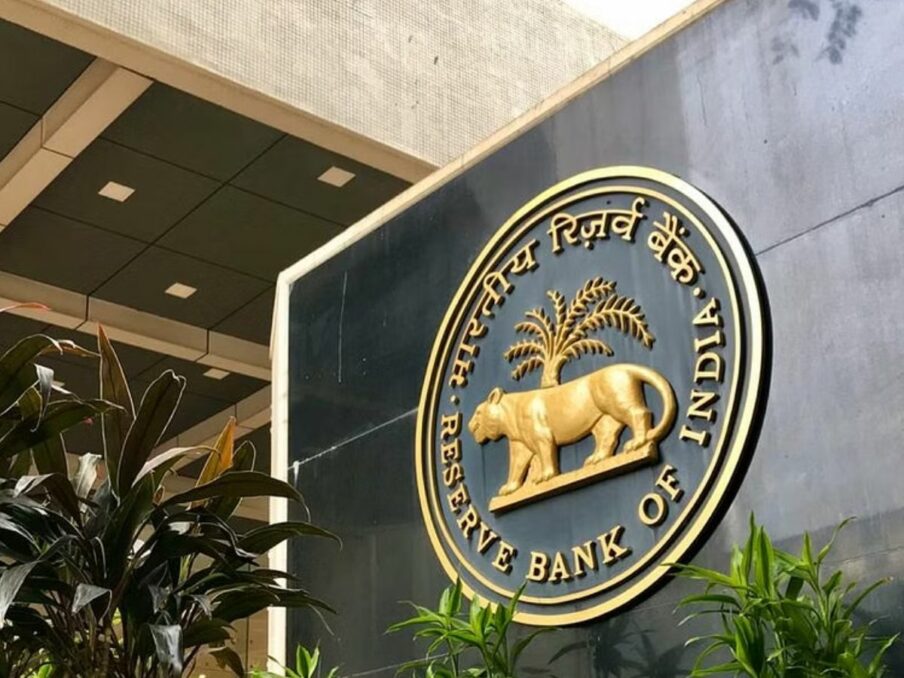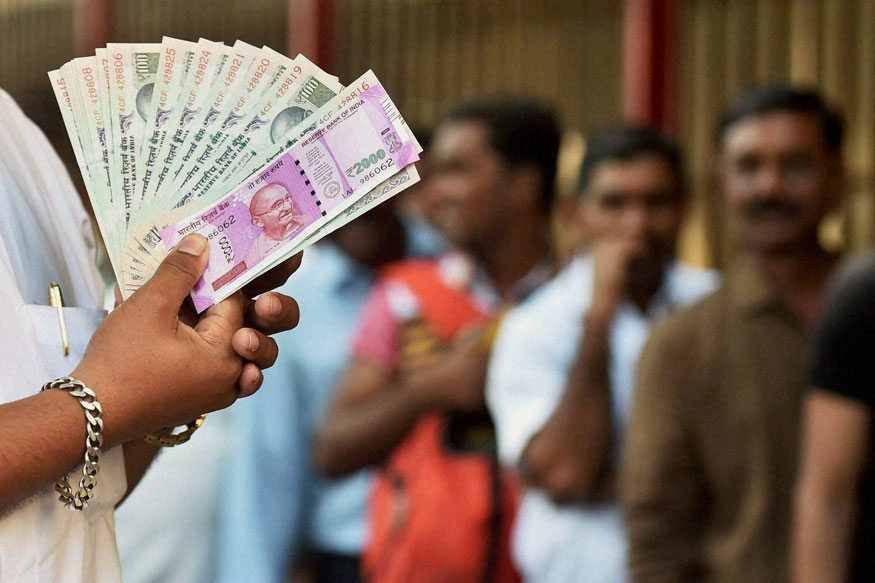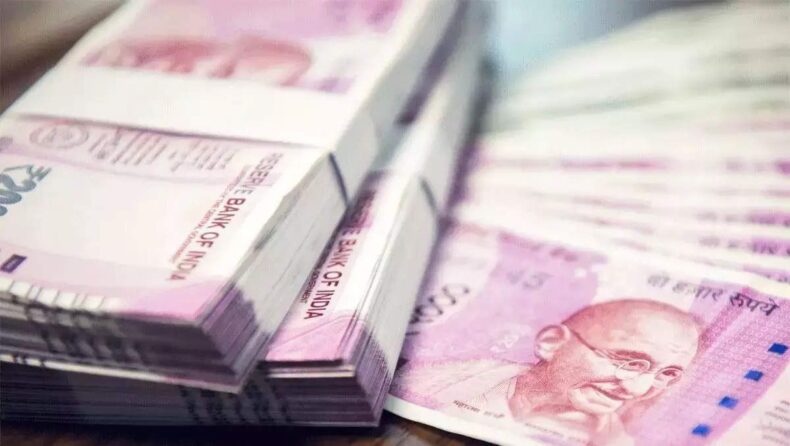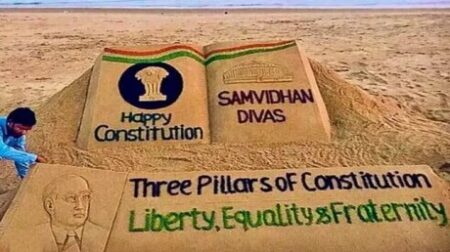RBI announced the withdrawal of Rs.2,000 currency notes from circulation on Friday. However, they will continue as legal tender.
The Reserve Bank of India (RBI) announced the withdrawal of Rs 2000 notes from circulation on Friday, however, they will continue as legal tenders. The decision came as a part of the “Clean Note Policy” which was introduced to ensure the availability of good quality banknotes to the public.
Withdrawal of ₹2,000 Notes
Banks are expected to make arrangements for the deposit and/or exchange of the existing notes till the 30th of September. For convenience’s sake and for undisrupted activities of the banks involved, the exchange and deposition of these notes can only be done upto a limit of ₹20,000 at a time from May 2024.

A similar demonetisation drive that happened in 2016 had left the masses feeling overwhelmed and anxious. People had flocked to different branches and ATMs to exchange their notes before they run out and is expected that this decision is also likely to put a strain on the system and create anxiety in the public.
According to the RBI, ₹2000 had been introduced in 2016 to meet the requirements of the economy after the withdrawal of ₹500 and ₹1,000 banknotes that were in circulation. They stated that since banknotes of other denominations have been produced and have become available in adequate quantities now, the ₹2,000 notes have met their primary objectives.
Production of ₹2,000 Notes Stopped in 2018
The printing of ₹2,000 notes had stopped in 2018-19. The notes that were created prior to 2018 are anticipated to have reached the end of their approximate 4-5 year lifespan. The RBI claimed that they had also seen that these currencies were not being utilised in transactions on a regular basis.
These notes’ value decreased from ₹6.73 lakh crore in March 2018 to ₹3.62 lakh crore in March 2024, making up only 10.8% of the total amount of notes in circulation. The decision has been reached to take the notes out of circulation because they have successfully served their main purpose of satisfying the public’s needs until notes of other denominations are made available in adequate amounts.
Political Responses to the Decision
This decision to withdraw these notes was not met with acceptance everywhere.Opposition party leaders from all political stripes have said that this decision underlines the fact that the 2014 attempt to demonetize currency was a failure.

P. Chidambaran, former finance minister, tweeted that he wouldn’t be shocked if the RBI brought back $1,000 notes at this time because they were compelled to do so immediately after the demonetisation of notes in 2014. According to Congress spokesman Pawan Khera, the ghost of 2016 November is back to once more terrorise the nation.
The decision was referred to as a “Modinomic masterstroke” by the All India Trinamool Congress (AITC) on Twitter. They raised doubts about the authenticity of the issuance of the 2,000 rupee notes overall, tagging @BJP4India. The AITC stated that the demonetisation of the 1,000 and 500 rupee notes caused worry and disrupted the lives of millions of people, and the introduction of the 2,000 rupee notes was done in an effort to stop the flow of dirty money. They are now being rescinded, though, after seven years.
West Bengal Chief Minister, Mamata Banerjee referred to it as a “billion dollar dhoka” and urged the nation’s residents to remember the difficulties they had to go through as a result of the 2014 demonetisation.













